- Call us: 01444 237070
- Contact Us
- Stores
- Sign In / Register
-
- Back
- Used Cameras
- Used Accessories
- Used Lenses
- Used Video
- Used Film Equipment
- Used Stock Alert
- Used Blank Test
- Sell or Part Exchange
- Used Clearance
- Recently Added Used Equipment
- Park Picks
- All Used Black Friday Deals
- Faulty
- Trade-In
- Blog
- New in
- Call us
- Contact us
- Stores
- Sign in
- Categories
- Tips & Inspiration
- Reviews
- News
- Events
- Features
- Buying Guides
- Competitions
Sony a9 vs Sony a7 a7S a7R a7SII a7RII Review
The Sony a9 announcement sent some shockwaves through the world of photography earlier this week, and we (along with most) are both excited about the potential of this new powerhouse from Sony and also curious as to what the differences between it and the Sony a7 are.
We've taken out the guesswork for you and have had a look at some of the key specifications for this latest camera by pitting it against each member of the Sony a7 range of Mirrorless Cameras.
If you are after a more in-depth look at new kid on the blog in particular, we recommend you read another of our blog posts - Sony a9: A Mirrorless Camera for Professionals
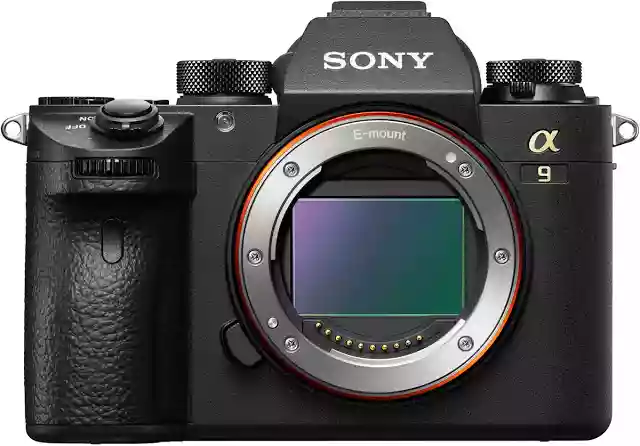
Sony a9 vs a7R II: Specs Comparison
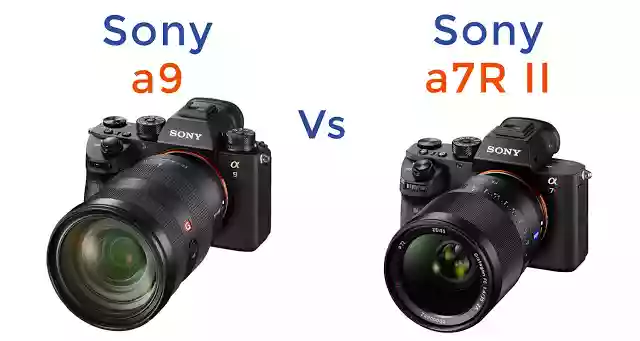
This is the comparison that most people will be after - what's it like when compared with the Megapixel Monster that is the Sony a7R II?
There are elements to owners of the a7R II - or those looking to purchase the Sony a7R II - that will perfectly sate their needs when compared to the a9, but we aren't necessarily comparing the same kind of camera requirement here.
If you are a wildlife photographer, unless you are taking pictures of sloths, then the chances are that you'll plump for the burst mode beast that is the a9. Whereas landscape photographers may be swayed by that extra MP found in the a7R II.
We all know that the new monster will win all of these comparisons, as it is the flagship model - but winning all depends on the photographer's needs.
| Features | Sony a9 | Sony a7R II |
|---|---|---|
| Sensor | 24.2 Megapixels | 42.4 Megapixels |
| Continuous Shooting | 20 fps | 5 fps |
| Autofocus | 693-points | 399-points |
| Sensitivity | ISO 100 - 51,200 | ISO 100 - 25,600 |
| Video | 4K 30p/100Mbps (undersampled 6K) | 4K 30p/100Mbps |
| Electronic viewfinder (EVF) | 3,686k-dot Quad-VGA OLED | 2,359-dot XGA OLED |
| LCD Screen | 1,440k-dot Touchscreen LCD | 1,228k-dot LCD |
| Battery Life | 480 shots (using EVF) 650 shots (LCD screen) |
290 shots (using EVF) 340 shots (LCD screen) |
| Weight | 673g | 625g |
It should also be noted that none of the Sony a7 cameras come with an ethernet port, or the ability to transfer images via FTP as well as being shy of one SD card slot (and UHS-II compatibility).
A nice surprise in the above comparison is the relative difference in weight - for extra feature sets and such a big difference in battery, the under 50g weight difference in the newer model is an impressive feat.
Sony a9 vs a7S II: Specs Comparison
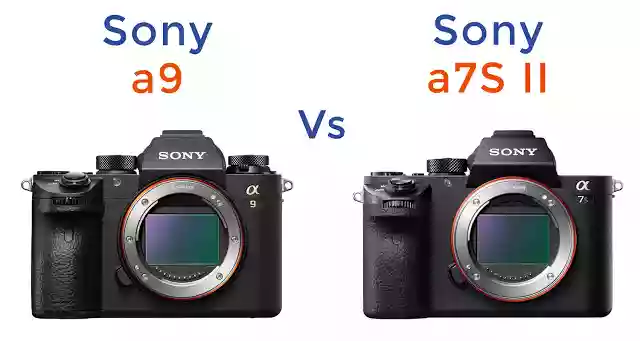
This comparison once again does require a bit of thought about how you will be using your camera, but isn't as potentially black or white as landscape vs wildlife.
The USP of the Sony a7S and the Sony a7S II is that there is a huge ISO range on them, making them extra brilliant for low light photography or videography.
But the a9 has an ISO range of impressive proportions too, and the extra megapixels may well be an added temptation for added video and image quality at lower ISOs.
| Features | Sony a9 | Sony a7S II |
|---|---|---|
| Sensor | 24.2 Megapixels | 12.2 Megapixels |
| Continuous Shooting | 20 fps | 5 fps |
| Autofocus | 693-points | 169-points |
| Sensitivity | ISO 100 - 51,200 | ISO 100 - 102,400 |
| Video | 4K 30p/100Mbps (undersampled 6K) | 4K 30p/16Mbps |
| Electronic viewfinder (EVF) | 3,686k-dot Quad-VGA OLED | 2,359-dot XGA OLED |
| LCD Screen | 1,440k-dot Touchscreen LCD | 1,228k-dot LCD |
| Battery Life | 480 shots (using EVF) 650 shots (LCD screen) |
310 shots (using EVF) 370 shots (LCD screen) |
| Weight | 673g | 627g |
Once again the new flagship's battery life, dual SD card slots and connectivity win out against the a7S II - but the potential tempter for some could be that Electronic viewfinder quality and some of the added features in form of custom menus, touch autofocus (great for videographers) and of course crazy, crazy continuous shooting.
Sony a9 vs a7 II: Specs Comparison
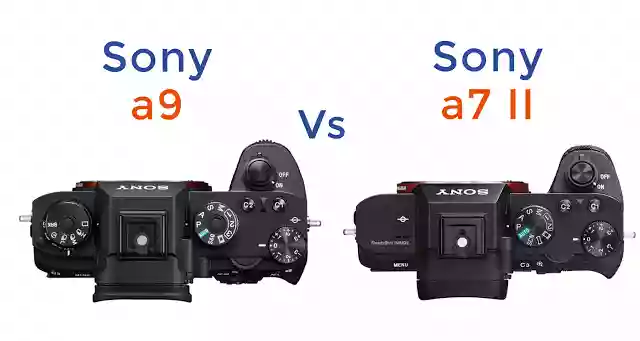
This is a slightly unfair comparison, and realistically if you are looking at the Sony a7 II you know that you're not in the market for a Sony a9 (and vice-versa).
However it is worth it if you are thinking about going for the Sony a7 II and realising that it is still a ridiculously capable camera, with good low-light performance, a not too shabby EVF and a lovely 24.3 MP full-frame sensor.
| Features | Sony a9 | Sony a7 II |
|---|---|---|
| Sensor | 24.2 Megapixels | 24.3 Megapixels |
| Continuous Shooting | 20 fps | 5 fps |
| Autofocus | 693-points | 117-points |
| Sensitivity | ISO 100 - 51,200 | ISO 100 - 25,600 |
| Video | 4K 30p/100Mbps (undersampled 6K) | Full HD 1080p 60p/50Mbps |
| Electronic viewfinder (EVF) | 3,686k-dot Quad-VGA OLED | 2,359-dot XGA OLED |
| LCD Screen | 1,440k-dot Touchscreen LCD | 1,228k-dot LCD |
| Battery Life | 480 shots (using EVF) 650 shots (LCD screen) |
310 shots (using EVF) 370 shots (LCD screen) |
| Weight | 673g | 627g |
The a7 II also packs the same 5-axis image stabilisation, and actually should be flush with thanks from the a9 because it was the first of the Sony a7 cameras to adopt this excellent technology.
For those that are unsure why this is such a big feature - it enables steady imagery to be captured at slower shutter speeds, ideal for darker environments. It also enhances the use of older lenses when using an adaptor to change the mount type to work with your Sony E-mount camera, as it is effectively adding image stabilisation without requiring gubbins on-board the lens itself.
Sony a9 vs a7R: Specs Comparison
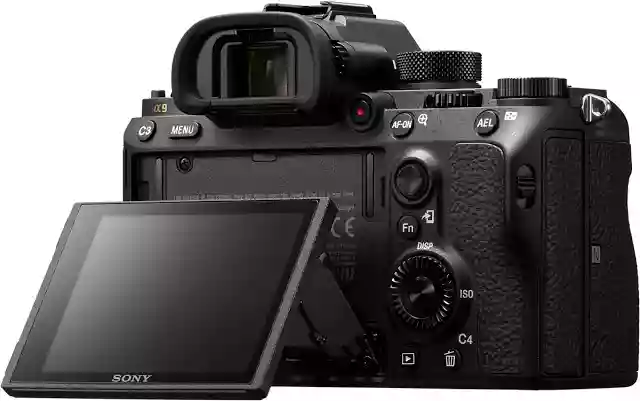
We're getting into the realms of unfair comparison here now, not because the Sony a7R is a bad camera - it's absolutely awesome still - but because we're talking about a camera with a few year's history against it.
Time in the camera industry, especially in the digital world, is a great divider and you can see that by some standout disparities in things like autofocus points, the video capabilities and the fact that the a7R does not benefit from any image stabilisation on board.
| Features | a9 | a7R |
|---|---|---|
| Sensor | 24.2 Megapixels | 36.4 Megapixels |
| Continuous Shooting | 20 fps | 4 fps |
| Autofocus | 693-points | 25-points |
| Sensitivity | ISO 100 - 51,200 | ISO 50 - 25,600 |
| Video | 4K 30p/100Mbps (undersampled 6K) | Full HD 1080p 50p/24Mbps |
| Electronic viewfinder (EVF) | 3,686k-dot Quad-VGA OLED | 2,359-dot XGA OLED |
| LCD Screen | 1,440k-dot Touchscreen LCD | 921k-dot LCD |
| Battery Life | 480 shots (using EVF) 650 shots (LCD screen) |
340 shots |
| Weight | 673g | 465g |
It does also show that this modern tech does require a slightly bulkier body, but there have been internal changes with the stabilisation and some material changes too in order to make the a range more weather and dust resistant.
Sony a9 vs a7S: Specs Comparison
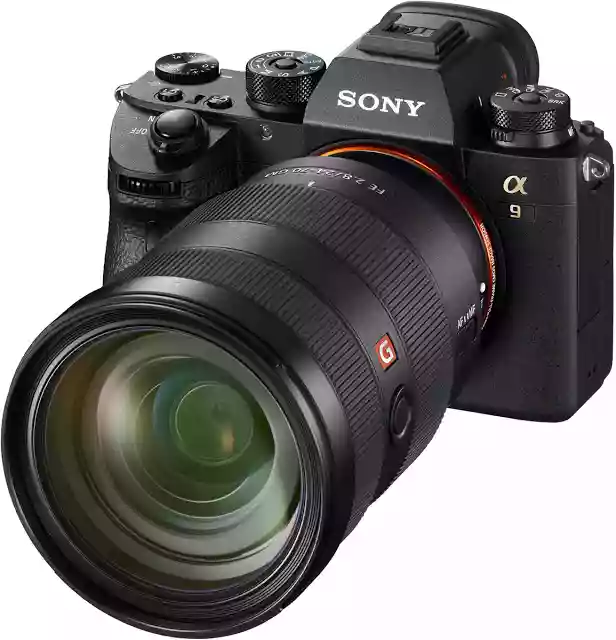
See above for exactly the same kind of explanation - the Sony a7S is still a superb camera, and is in a position now where it is a really affordable entry to full-frame photography.
| Features | Sony a9 | Sony a7S |
|---|---|---|
| Sensor | 24.2 Megapixels | 12.2 Megapixels |
| Continuous Shooting | 20 fps | 4 fps |
| Autofocus | 693-points | 25-points |
| Sensitivity | ISO 100 - 51,200 | ISO 100 - 102,400 |
| Video | 4K 30p/100Mbps (undersampled 6K) | Full HD 1080p 50p/24Mbps |
| Electronic viewfinder (EVF) | 3,686k-dot Quad-VGA OLED | 2,359-dot XGA OLED |
| LCD Screen | 1,440k-dot Touchscreen LCD | 921k-dot LCD |
| Battery Life | 480 shots (using EVF) 650 shots (LCD screen) |
380 shots |
| Weight | 673g | 489g |
Sony a9 vs a7: Specs Comparison
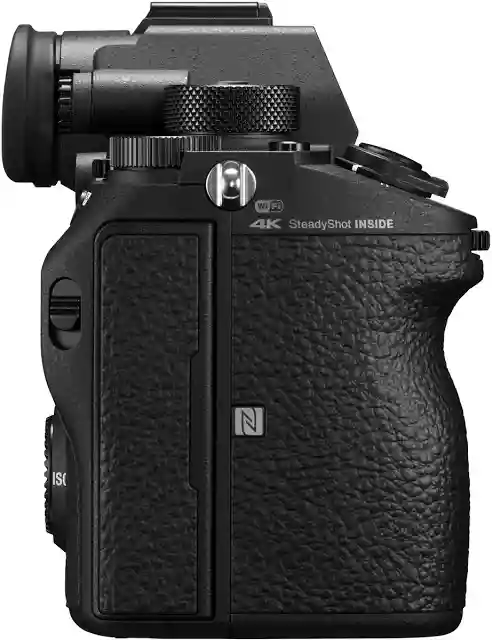
The most unlikely of all comparisons... but much like Jennifer Lopez, it would do the a9 to remember that despite the rocks that it has got, it still once came from somewhere - whilst it isn't the Bronx, it is actually the first ever full-frame mirrorless camera, the Sony a7.
Little did Sony probably realise what they had on their hands when releasing the a7 - in terms of what an actual game changer it has become, and what it has done to shape the world of photography since it was first released.
Great work Sony.
| Features | Sony a9 | Sony a7 |
|---|---|---|
| Sensor | 24.2 Megapixels | 24.3 Megapixels |
| Continuous Shooting | 20 fps | 5 fps |
| Autofocus | 693-points | 117-points |
| Sensitivity | ISO 100 - 51,200 | ISO 100 - 25,600 |
| Video | 4K 30p/100Mbps (undersampled 6K) | Full HD 1080p 50p/28Mbps |
| Electronic viewfinder (EVF) | 3,686k-dot Quad-VGA OLED | 2,359-dot XGA OLED |
| LCD Screen | 1,440k-dot Touchscreen LCD | 921k-dot LCD |
| Battery Life | 480 shots (using EVF) 650 shots (LCD screen) |
380 shots |
| Weight | 673g | 474g |
The Sony a9 is coming soon, to order from Park Cameras please visit our website or call us on 01444 23 70 70 for assistance from a real-life human being.
Further Reading
The 14 Best Mirrorless Cameras in 2017
Mirrorless Camera Buying Guide 2017
Park Cameras Calendar Competition Results
Sony a9 - A Mirrorless Camera for Professionals
Share this post:
By Park Cameras on 20/04/2017
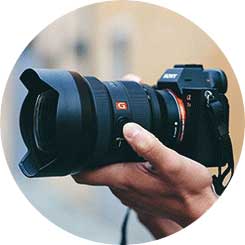
Trade in your old equipment
Fast and easy trade in service ensures your old gear is collected efficiently and you are paid quickly! It's very simple to trade in your unwanted photography gear. Just head over to our dedicated Sell or Part Exchange page, fill out the details, and we'll get back to you with an offer for your old gear. Take the cash, or put it towards the cost of your new gear. It's up to you! Find out more
sign up to the newsletter
Keep up to date on the latest photography news, events and offers. Sign up now